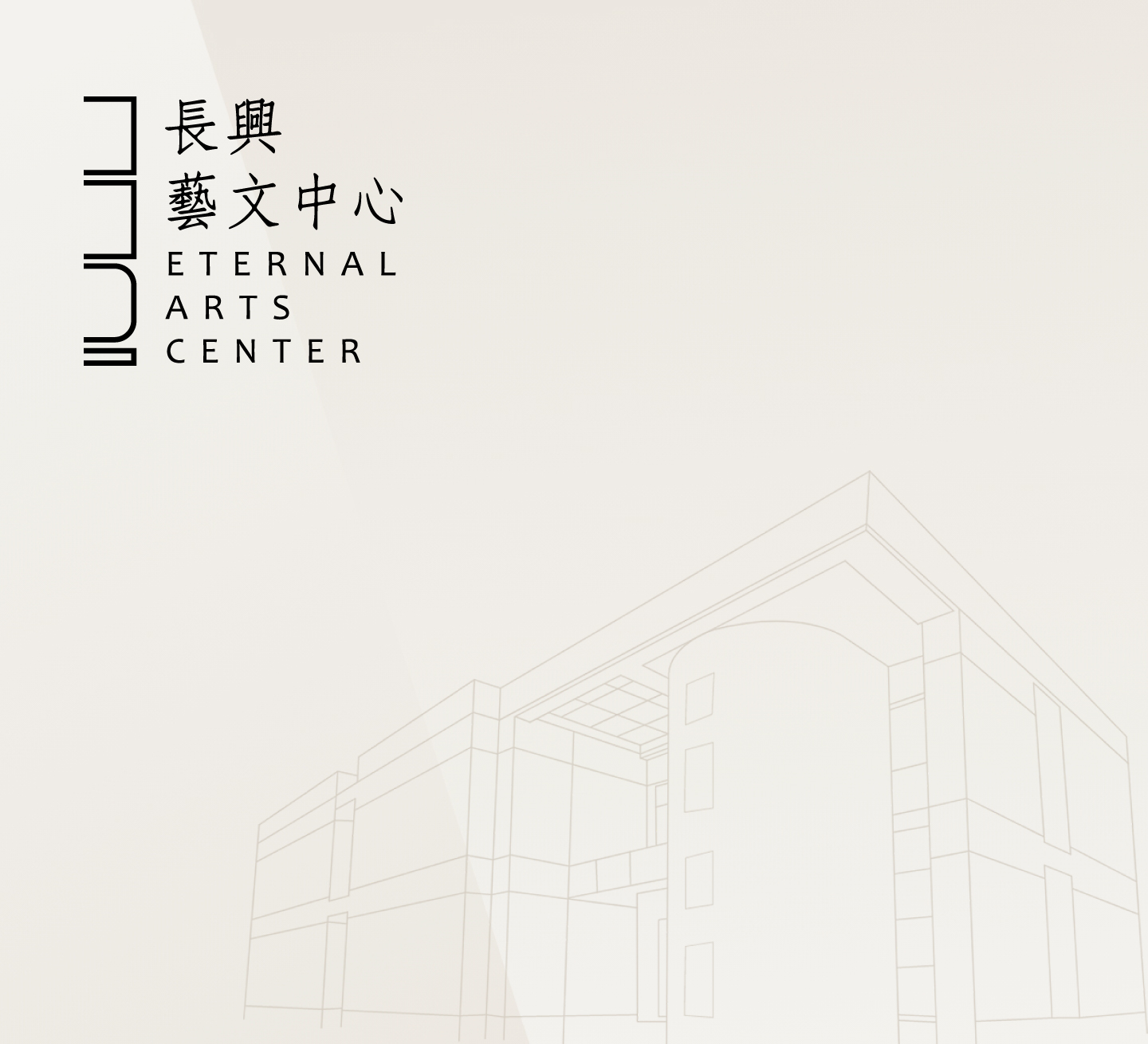Exhibitions
/ Exhibitions / Current Exhibitions
Current Exhibitions
The Splendor of Jiangnan Embroidery: Collection of Mr. Kao Ying Shih
Exhibition date | 2025.09.16-2026.04.30
There is a saying: “The devil is in the details.” When it comes to Suzhou embroidery (Su Xiu), known for its delicate elegance, this couldn’t be more true. With origins tracing back to the Spring and Autumn period, Su Xiu is one of China’s Four Great Embroideries, celebrated for its astonishing lifelike realism. Its pursuit of ultimate authenticity resonates deeply with the taste of Kao Ying Shih, the museum’s founder, who has devoted more than 30 years to collecting Su Xiu masterpieces. Today, his collection exceeds one hundred works, nearly seventy of which are presented in this special exhibition.
Su Xiu is just one branch of the broader Chinese embroidery tradition, which itself is a vital part of Chinese culture. With these intricate connections in mind, Eternal Museum invites visitors to explore the fascinating world of embroidery. This exhibition not only showcases the artworks but also incorporates insights from embroidery studios and practitioners, gathering industry knowledge alongside the pieces, to provide a more complete picture of this art form.
Following the success of the 2020 “Exclusive Embroidery” special exhibition—which received widespread acclaim—Eternal Museum is once again presenting classic Su Xiu pieces after five years of careful preparation. Due to the delicate nature of embroidery, which isn’t suited for long-term display, this special exhibition has been meticulously arranged to ensure both preservation and presentation. The exhibition is divided into five sections: Origins of Beauty, A Life with Thread & Needle, Timeless Elegance, Embroidery in Taiwan, and Learning Space. Visitors will not only enjoy the artistic richness but also gain insight into the industry and cultural context, making for an engaging and educational experience.
Origins of Beauty
Embroidery is one of China’s oldest traditional crafts, dating back to the Neolithic era and reaching maturity by the Han dynasty. With the development of silk weaving, embroidery gradually developed regional characteristics. During the Tang and Song dynasties it became more refined, reaching its peak in the Ming and Qing dynasties with the emergence of the Four Great Embroideries: Su, Xiang, Shu, and Yue. Embroidery isn’t just decorative—it embodies culture, aesthetics, and craftsmanship, combining the beauty of calligraphy, composition, and color, and stands today as an important part of China’s intangible cultural heritage.
A Life with Thread & Needle
Since the Zhou and Han dynasties, embroidery has been part of a noblewoman’s domestic life and skill training. By the late Qing and early Republican periods, textile masters like Shen Shou established embroidery schools and women’s workshops, turning embroidery from a household skill into a profession. This section focuses on the lives of embroiderers, highlighting three notable Chinese masters: Wang Li Hua, Yao Jian Ping, and Pu Hui Ju. It also introduces key processes and techniques, giving visitors a deeper understanding of the embroidery industry.
Timeless Elegance
Suzhou embroidery is famous for its intricate patterns and rich colors, carrying deep cultural significance. To stand out visually, embroiderers focus on two main aspects:
- Choosing motifs: Su Xiu covers a wide range of subjects—from plants, flowers, and birds to people, objects, and landscapes. Embroiderers select themes that best showcase their skills. Early works often replicated paintings or other artworks, commonly found on silk fans, clothing, and functional textiles. Over time, subjects expanded to include landscapes and animal photographs, and new forms such as screens, cushions, and decorative panels became carriers for the art.
- Techniques: With over a thousand years of development, Su Xiu has preserved traditional techniques while embracing innovation. From basic satin stitch to modern methods like the “Eight Stitch Techniques” and “Random Stitch,” the craft has continually evolved. Su Xiu not only reflects artistic value but also showcases the technical mastery behind the work, bridging daily life and aesthetics.
Embroidery in Taiwan
Embroidery in Taiwan traces back to Fujian and Guangdong immigrants during the Qing dynasty. Over the past century, it has been widely applied in religious practices, weddings, and daily life—especially flourishing in southern Taiwan. Once-bustling embroidery streets have quieted with industrial changes, but dedicated artisans continue to keep the craft alive. Each stitch they make not only preserves a technique but also carries the history and memories woven into every thread.
